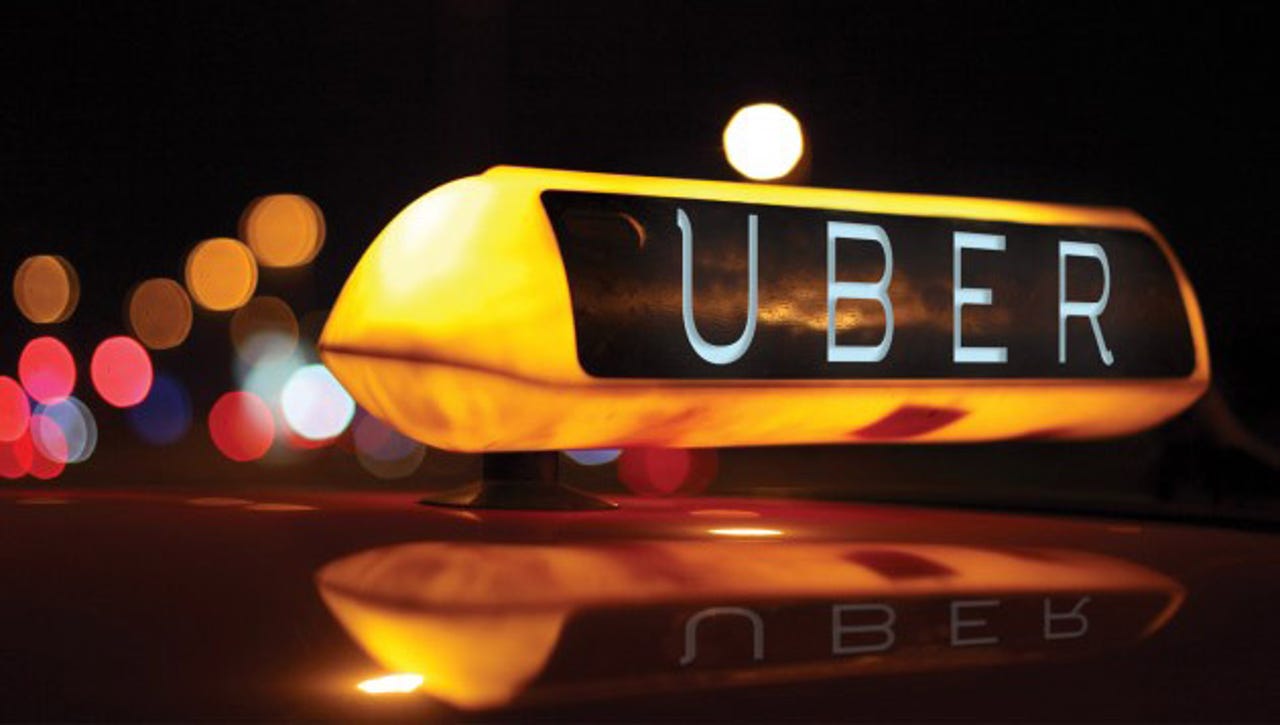Uber uses artificial intelligence to figure out your personal price hike


Uber has admitted using artificial intelligence to charge customers based on what they are likely to be willing to pay.
As reported by Bloomberg, the ride-hailing service says that the new system is based on AI and algorithms which estimate fare rates that groups of customers will be willing to pay depending on destination, time of day, and location.
In the past, your fare would be generated based on mileage, time, and geographic demand. However, the new "route-based pricing" system utilizes machine-learning techniques to tweak pricing in relation to a number of sociological factors.
The new system currently operates in 14 cities. As noted by the publication, should a passenger book a ride from one wealthy area to another, for example, they may be asked to pay more than someone heading to a less affluent area -- no matter the distance, mileage, or time necessary to travel.
In addition, despite the tailored potential price hikes, this does not mean that drivers see a cut of inflated fees.
Featured
The issue stems from what Uber calls "upfront pricing," which guarantees customers a fixed fare before they book. Passengers know how much they are expected to pay, but drivers have claimed that they are yet to see any additional compensation from jumped-up prices produced by the AI system.
In a statement, an Uber spokesperson said that routes are priced differently "based on our understanding of riders' choices so we can serve more people in more places at fares they can afford."
"Riders will always know the cost of a trip before requesting a ride, and drivers will earn consistently for the work they perform with full transparency into what a rider pays and what Uber makes on every trip," the spokesperson added.
Uber's product head Daniel Graf said the AI system was first introduced last year as an experiment.
It may be that algorithm-based pricing could help Uber stay ahead of competition not only by traditional taxi firms but also rival companies such as Lyft.
Uber pockets the leftover amount between the driver's pay and what a customer is charged in what Graf calls a way to create a "sustainable" businesses, which the executive argues could one day be the difference between profitability and a red bank balance.
In an attempt to ease driver concerns, Uber plans to report the price that passengers pay for each ride and an updated service agreement will lay out the structure of the new system.
Uber says that skimming off the top is used to pay for driver bonuses and to invest more funds in the system as a whole, but it remains to be seen whether fares being driven by data analytics will alienate drivers.
See also: Ditching Uber? 8 alternatives for professionals (TechRepublic)
In related news, over the past year, Uber and Google-owned Waymo have been embroiled in a legal dispute related to the alleged theft of trade secrets by the former head of Uber's self-driving car project, former Google engineer Anthony Levandowski.
The executive has now stepped aside from his leadership role, but has refused to deny or acknowledge the theft of files relating to Google's LiDAR sensor and mapping technology.
To lay the matter to rest, Uber has demanded that Levandowski either return the allegedly stolen files or formally deny the theft -- or face losing his job.
Update 17.44GMT: Updated for increased clarity.